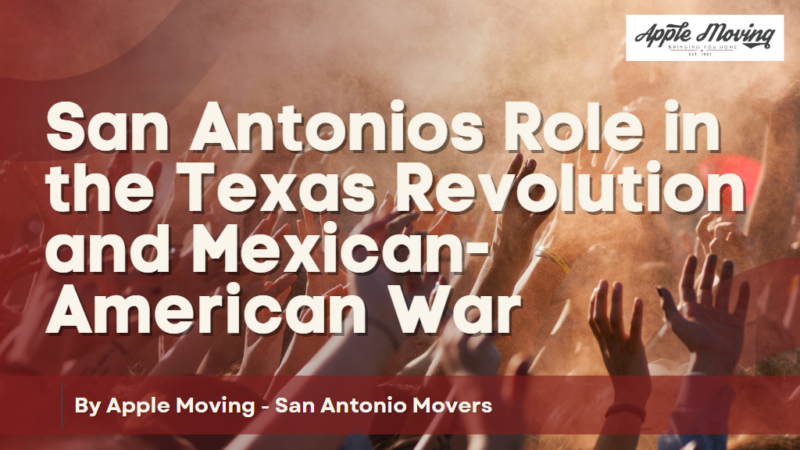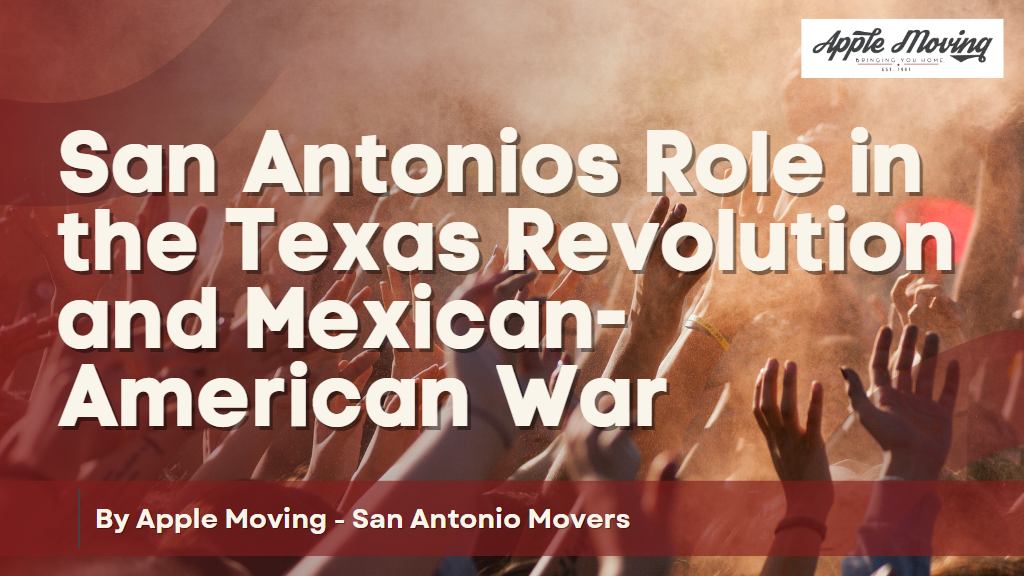San Antonios Role in the Texas Revolution and Mexican-American War
San Antonio, located in south-central Texas, played a significant role in the Texas Revolution and the Mexican-American War. The city was founded as a Spanish mission in 1718, and by the late 18th century, it had grown to become an essential hub for trade, educational institutions, and culture within the Spanish Empire. San Antonio was the focal point of the conflict between the Spanish colonial government and the indigenous peoples who rejected colonial rule and battled to maintain their traditional way of life.
Battle of the Alamo: San Antonio’s Defining Moment in Texas Independence
San Antonio’s significance in the struggle cannot be overstated. The Battle of the Alamo was a crucial turning point in the Texas Revolution. The Battle of the Alamo and the Siege of Bexar took place in San Antonio, which played a significant role in the revolution.
On February 23, 1836, Mexican troops led by Santa Anna attacked the Alamo. This marked the start of the Battle of the Alamo. Despite the Texans’ heroic 13-day struggle commanded by William Barret Travis, James Bowie, and Davy Crockett, the Mexican army routed them. The defense forces that died included Bowie, Travis, and Crockett.
Even though the Texans lost, the Battle of the Alamo was a rallying point for their cause, and they mobilized a new group of volunteers to support their cause. Six weeks later, at the Battle of San Jacinto, the Texans would triumph decisively over the Mexican army, securing their independence and founding the Republic of Texas.
San Antonio played a crucial part in the Mexican-American War, hosting engagements like the Battle of Salado Creek and the Battle of San Jacinto. These conflicts shaped Texas and the history of the United States, and the legacy of San Antonio’s achievements and sacrifices are still recognized and honored today.
Siege of Bexar: The First Major Battle of the Texas Revolution in San Antonio
The Siege of Bexar, which launched the Texan Revolution and ultimately resulted in the establishment of the Republic of Texas, was an important event in the history of Texas. In addition, it was fought in San Antonio, Texas, in 1835, marking the start of the Texan Revolution.
On October 12, 1835, Texas forces encircled San Antonio, then under Mexican rule, starting the Siege of Bexar. The Mexican army outnumbered the Texans, who were commanded by General Stephen F. Austin and Colonel Edward Burleson but were adamant about taking the city.
On December 5, 1835, the Texans launched an offensive and successfully conquered San Antonio after a month-long siege. The conflict resulted in a significant win for the Texans, who took possession of a sizable city and many military supplies.
The Siege of Bexar did not mark the end of San Antonio’s involvement in the Texan Revolution. The Battle of the Alamo was fought there just a few months later, cementing San Antonio’s role as a pivotal battleground. San Antonio experienced a lot of activity during the Mexican-American War, which started in 1846, with several conflicts occurring in and near the city.
San Antonio’s Contribution to the Mexican-American War: The Battle of Monterrey and Beyond
San Antonio also played a crucial role in the Mexican-American War, which began in 1846. General Zachary Taylor and his army arrived in San Antonio in September of that year, where they established a supply depot and began preparing for their invasion of northern Mexico.
In February 1847, Taylor launched his offensive with the Battle of Buena Vista near Saltillo, Mexico. Although outnumbered by the Mexican army, Taylor’s troops were able to repel their attacks and win a decisive victory. Meanwhile, General Winfield Scott and his army landed at Veracruz, Mexico, and began their march toward Mexico City. Along the way, they encountered stiff resistance from the Mexican army, including a significant battle at Cerro Gordo in April 1847. However, Scott’s army eventually captured Mexico City in September 1847, effectively ending the war.
San Antonio served as a strategic location for both sides during the war. The city’s proximity to the Rio Grande made it a vital supply route for both armies. In contrast, its strategic position on the Texas-Mexico border made it a valuable prize for whoever could control it.
Legacy of San Antonio’s Role in Texas Revolution and Mexican-American War: Remembering the Sacrifices and Contributions
San Antonio played a significant role in both the Texas Revolution and the Mexican-American War, and the legacy of its contributions and sacrifices continues to be remembered today. These conflicts were defining moments in Texas and American history, and San Antonio played a central role in both.
The Texas Revolution, which began with the Siege of Bexar in 1835, saw San Antonio become a key location in the conflict. The city was the site of the famous Battle of the Alamo in 1836, which has become an enduring symbol of Texan independence and resilience. The Alamo and its defenders, including Davy Crockett and Jim Bowie, have become legendary figures in American history, and their sacrifice is still remembered and honored today.
San Antonio also played a crucial role in the Mexican-American War, which saw the United States expand its territory and become a dominant force in North America. The city was the site of several battles, including the Battle of San Jacinto in 1846, which saw American forces under the command of General Sam Houston defeat the Mexican army.
The legacy of San Antonio’s role in these conflicts is reflected in the city’s rich history and cultural heritage. Visitors can explore sites such as the Alamo, the San Antonio Missions National Historical Park, and the Texas Military Institute, commemorating the sacrifices and contributions of those who fought and died for their ideals and beliefs. The city’s vibrant culture, which blends Mexican, Texan, and American influences, is a testament to the enduring legacy of these conflicts and their impact on the region and the nation.



